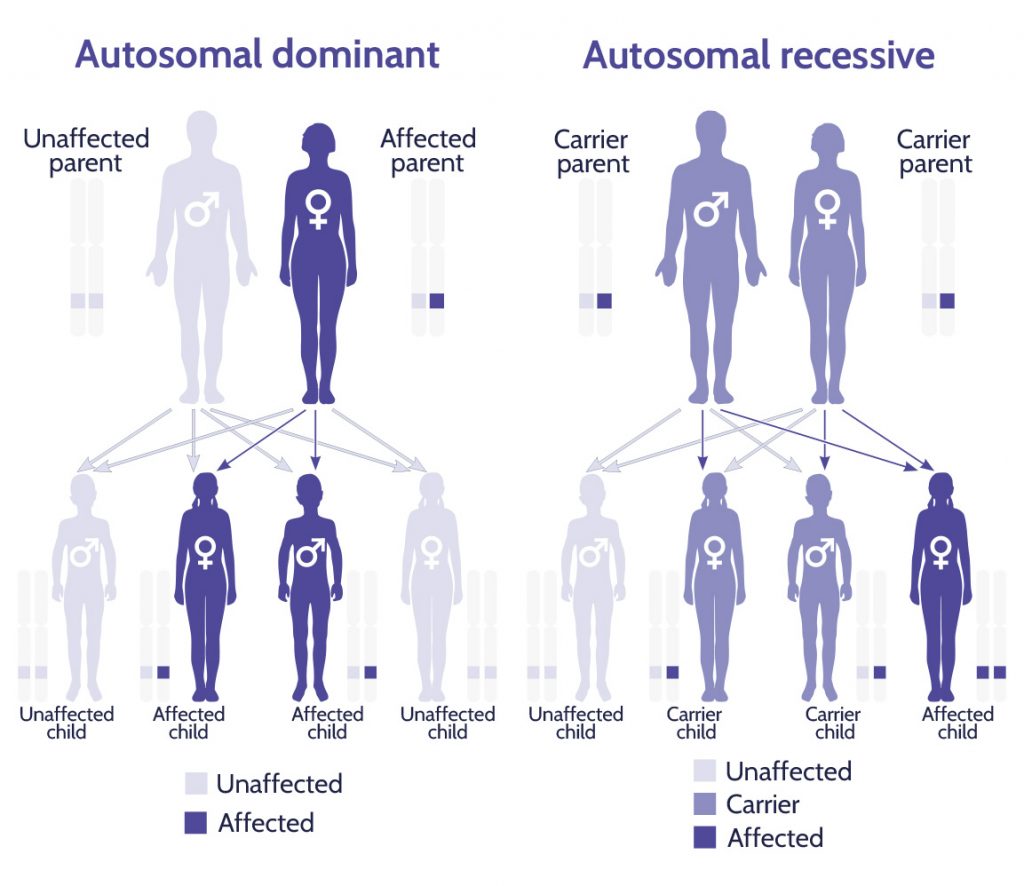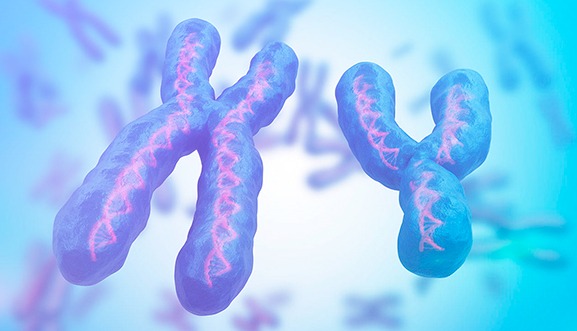What is Inheritance?
Learn how traits pass from parent to offspring
Sources of variation
Genetic variation is important because when conditions change (food becomes scarce, environment changes), some individuals in a population will be more likely to have variations that will allow them to survive. Those that reproduce pass on their genes to the next generation. Variation helps species survive, and this is why species change over time.
In asexual reproduction, the variation comes mainly from mutation. Mutation is a natural process that introduces permanent changes to a DNA sequence. However, microbes also acquire genetic variation through transformation, transduction and conjugation (gene transfer). These mechanisms often come into play when conditions are difficult.
In sexual reproduction, variation comes from both mutation and recombination. The mutation creates different versions (or alleles) of the same gene. The parental alleles are then mixed or recombined during meiosis. Due to recombination, sexual reproduction produces more variation than asexual reproduction.
Living things have many ways to reproduce, each with its own advantages and disadvantages. See Sexual vs Asexual Reproduction


Inheritance models
Most often, traits are influenced by multiple genes and the environment. Thus, for most traits, inheritance patterns are complex and unpredictable. For example, when a sexually reproducing organism inherits a defective or “broken” allele that codes for a nonfunctional protein, the second copy can often make up for the loss. This type of interaction between alleles, especially when traits are influenced by multiple genes, makes prediction of inheritance difficult, if not impossible.
A small number of traits are primarily influenced by a single gene. Traits influenced primarily by one gene generally have predictable patterns of inheritance. However, most of the time, even so-called “monogenic” traits are influenced by multiple genes, as in the case of eye color. And often, a single gene can influence multiple traits. For example, some genes involved in eye color also influence hair and skin color.
Why do so many textbooks claim that eyes only come in two colors, brown and blue? Eye color is influenced by two major genes and several minor genes. Variations in these genes determine whether your eyes are brown, blue, green, golden, hazel, grayish blue, brown with green flecks, blue with a golden ring… you get the idea.
In rare cases, changes in DNA sequences can cause disease. The mode of transmission of the disease can be predictable or unpredictable, depending on whether the disease is mainly influenced by one gene or by several genes. See Genetic Disorders
PERSONALIZED ASSESSMENT
Your Precision Health
Your DNA test includes:
1 DNA sampling kit delivered to your home.
SNP and gene explorer
Laboratory analyzer, follow-up and recommendations
Comprehensive food, nutrition and fitness reports
Personalized nutritional formula
Your secure information

Sex chromosomes
It is not entirely accurate to say that everyone inherits two copies of each gene. In most mammals, the X and Y sex chromosomes determine whether an individual is male or female. Females have two X chromosomes, and therefore two copies of each gene. Males, however, have an X chromosome and a Y chromosome. For genes that appear only on the X chromosome or only on the Y chromosome (some appear on both), males inherit only one copy.
Other living things also have sex chromosomes. Birds and reptiles have Z and W sex chromosomes. Unlike X and Y, males have two Z chromosomes and females have one Z and one W. Some insects and some mammals have only one X chromosome. females have two copies and males have one. However, sex is not always determined by chromosomes. With alligators, crocodiles and most turtles, this is the egg incubation temperature. And some fish can change sex in response to cues from the environment. Sex determination occurs in different ways.
Traits that involve genes on sex chromosomes have different inheritance patterns than non-sex linked traits. Color blindness and Duchenne muscular dystrophy, for example, are linked to genes on the X chromosome. Both of these disorders are more common in men because they have only one X chromosome. allele to mask the effects of a defective gene.


